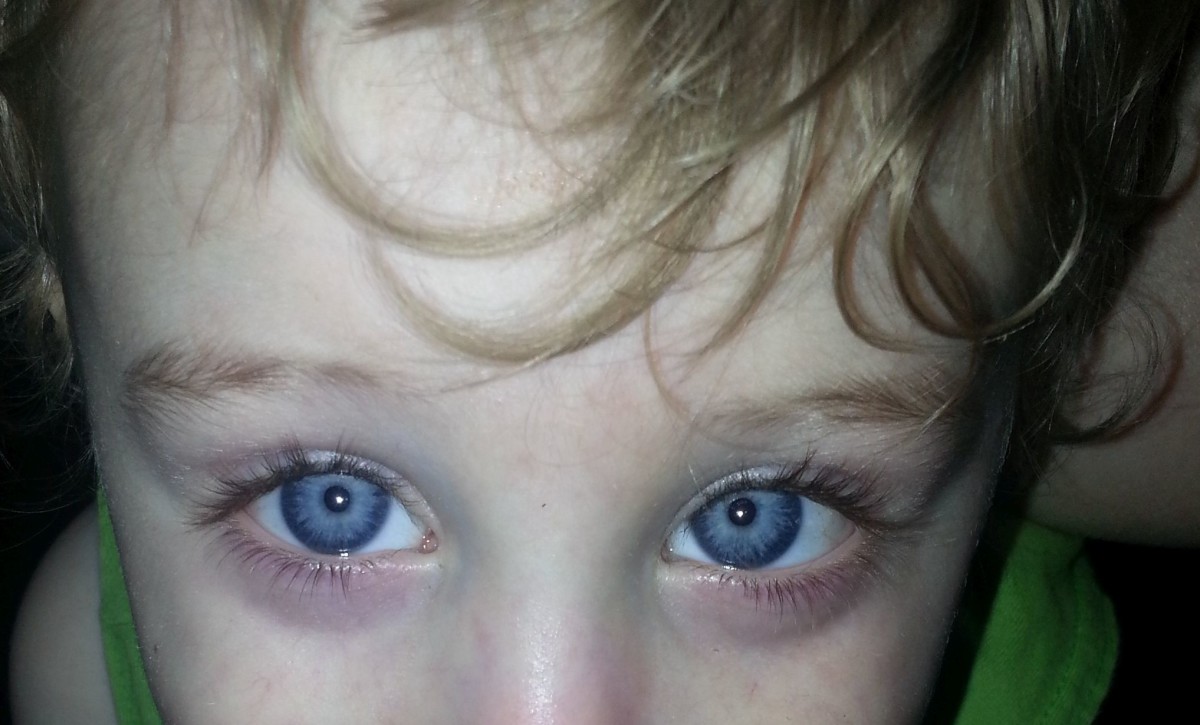
He takes corners on his tricycle like he’s driving an Indy car. Of all our boys, he’s most likely to bruise you, even while giving a hug.
If he’s talking, he’s yelling. Excitement, anger or elation, it’s like his body’s too small for the feelings in it.
When things don’t go as he plans, he melts into a kicking, spitting pile, inconsolable until he’s cried it out, until he’s sure you’ve noticed his scene.
This is my sandwich child, stuck between the honors- and citizenship-award-earning big one and a smiley, snuggly baby one.
The first had nearly five years of undivided attention. The second was barely 1 when my belly kicked him off my lap, and at 21 months old, he was “replaced.” His “terrible twos” phase has now stretched for more than half his life.
Yet, when he’s the only boy in the house or by my side, he’s a gentle, attentive cherub.
He pulls up a chair to the sink full of dishes. “I can help you.”
At not even 3, he knows every letter of the alphabet and its sound. He uses multisyllabic words in correct context weeks after he’s heard them, when we didn’t think he was listening.
But he is listening, all the time.
And it’s only recently that I realized how much he just wants to be listened to.
About two years ago, when he was about 9 months old, we were asked to appear in the Brown County Literacy Coalition’s “G-R-O-W-T-H” video. You might have seen it; it was given to dozens of families with young children through the Ready To Learn program.
The central message of that program was that “children are born to learn.” There’s so much important emotional and cognitive growth that goes on in those first three years, and there’s so much parents can and should be doing in that time to prepare children for school and for life.
Well, I’ll admit now that we weren’t doing much of it. Yes, we’d done this parenting thing before, but we had a capable kindergartner at the time; we’d been out of practice with a little one. And life, since that first child, had gotten a lot more complicated.
When the cameras came to our house, we were asked to interact with our baby around our normal tasks — folding laundry, unloading the dishwasher, feeding the animals.
Those are things we usually didn’t involve him in.
You know how much “help” a baby is when you’re trying to accomplish anything.
But we did it for the cameras. We played peek-a-boo with dishcloths. We talked about how bottles go together. We climbed in the goat pen and let them eat out of our hands.
And then, when they were gone, life went back to normal: Getting off one job to go back home to another, feeding, cleaning, homework, dishes, baths and bed, then zoning out on the couch, trying to clear our heads of all the frustrations and failures of the day before we had to get up and do it all over again.
I knew we needed to shut off the TV. I knew I needed to crawl on the floor with him, read more books with him, sing with him, smile more.
But I didn’t do it often. I was so tired. And then, the third baby arrived.
I don’t want to make it sound like parenting — especially with multiple little ones — is drudgery. There are moments when no one, not even the most sleep-deprived and headachey, could resist smiling. And yes, I love all three of them, and I don’t regret the conscious decision to bring any of them into my life.
But it’s hard work — really hard. It’s denying yourself, daily, nearly everything you would really rather be doing, to do what your child wants and needs you to do. It’s understanding that, for at least the first few years, your life isn’t about you anymore; it now revolves around this new one you’ve created, wanting and needing to be shaped, by you.
I don’t think very few parents really, truly understand what we’re getting into until we’ve already committed to that life, forever.
Not long after baby No. 3 was born, I remember being at a Literacy Coalition board meeting and discussing what materials to give to parents of 0- to 3-year-olds enrolled in the Ready To Learn program.
One of the ideas someone brought up was a sippy cup imprinted with a phrase: “Talk to me.”
That idea didn’t pan out, but I couldn’t shake that image: A child who’s unable to say those words yet, grasping that cup, reminding his parents to take notice — entreating them to treat him as a person, not just a task needing to be tended to.
I’d been seeing my “sandwich son” as a ball of emotions needing to be controlled.
What he’d really been asking was to be seen and heard, without knowing how to do it properly.
Every day over dinner, we started to talk.
“I want to ask you a question,” I begin, and he grows a little taller in his chair. “What, Mommy?”
It could be “How was your day?” or it could be “Do you like bread?” It doesn’t matter. In those moments, he is the only child, the one focus we’ve chosen over a phone, a show, a load of laundry or anything else vying for our attention.
I can see it in the way he holds my gaze, in the way his dimple deepens when he sees me, seeing him: He knows he is loved.
He knows we are listening.
And at least, that’s a place we can grow from.
Sara Clifford is editor of the Brown County Democrat and a board member for the Brown County Literacy Coalition. She can be reached at 812-988-2221 or [email protected].

